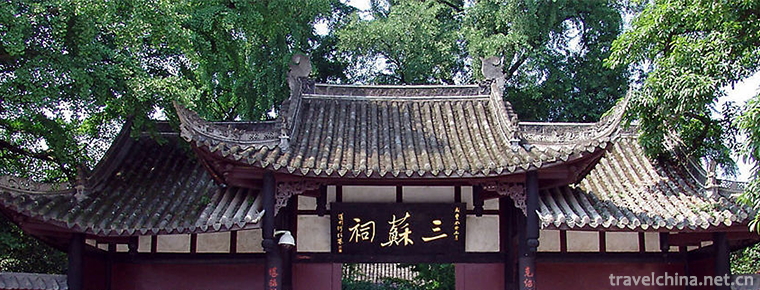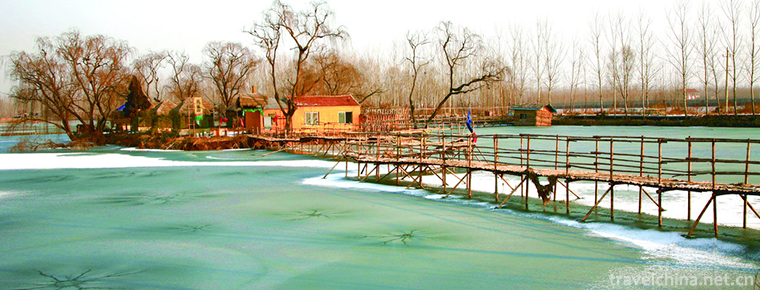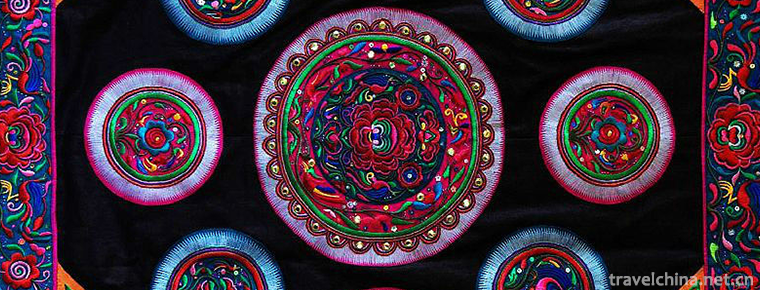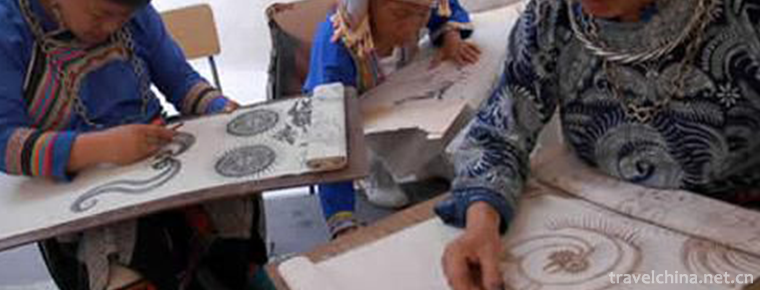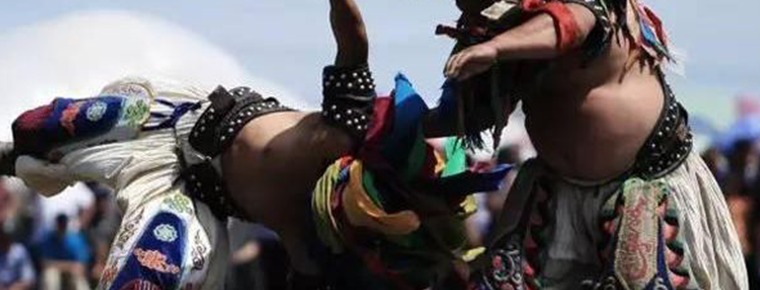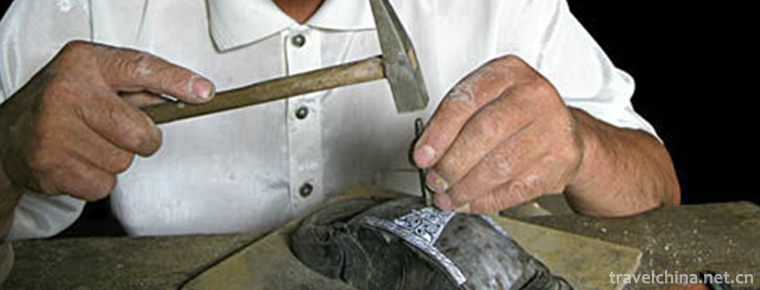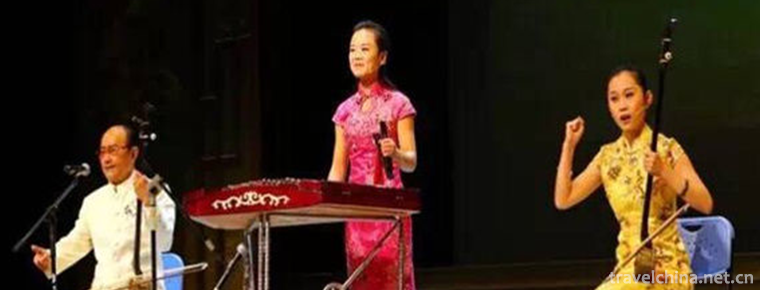Shiwan Ceramic Sculpture Technology
Shiwan Ceramic Sculpture Technology
Shiwan Ceramic Sculpture, the traditional folk ceramics of Foshan, Guangdong Province, is one of the national intangible cultural heritage.
Shiwan pottery sculpture has a long history. It first appeared in the Eastern Han Dynasty. It reached its peak in the Song Dynasty. After the founding of New China, the manufacturing level and artistic level of Shiwan pottery sculpture have been greatly improved.
In 2006, Shiwan Ceramic Sculpture Technology was approved by the State Council to be included in the first batch of national intangible cultural heritage list, project number_-3.
historical origin
Shiwan ceramic sculpture has a very long history. It can be traced back to the Eastern Han Dynasty. Its artistic prototype can be seen from the pottery sculptures unearthed from the tombs of the Eastern Han Dynasty in Shiwan. The large-scale kiln in Shiwan appeared in the Tang Dynasty. The ceramics produced were semi-ceramics with low temperature, low hardness, heavy billet and slack matrix.
Song Dynasty was the peak period of ceramics. The consumption fashion of the whole society promoted the unprecedented development of ceramics industry. Kilns engaged in ceramic production are all over the country. The varieties of garden ceramics and artistic ceramics for daily use ceramics are increasing sharply, and their shapes and styles are being renovated day by day. Ceramic industry gradually developed from inland to coastal Zhejiang, Fujian, Guangdong and Guangxi. Shiwan pottery sculpture began to flourish in this period. From Southern Song Dynasty to Yuan Dynasty, Central Plains immigrants brought the northern pottery skills to Shiwan, which was integrated with the original pottery making skills of Shiwan, greatly improving the manufacturing level and artistic level of Shiwan pottery.
During the Ming Dynasty, Shiwan Ceramic Sculpture had a great development, breaking the situation of single daily ceramics export in the past. Art ceramics, architectural garden ceramics, handicraft ceramics and other products were exported in large quantities. After the Ming Dynasty, the types and themes of Shiwan pottery sculptures became more and more extensive, such as fishing, woodcutting, farming, reading, pasturing, game, drinking, piano, games, even scratching mosquitoes, ear-digging and other people's daily work. Life scenes, all kinds of flowers, birds, insects, fish, animals, vegetables, fruits and other things familiar to the people, as well as Damorohan, Guanyin, Shouxing, Jigong, Baxian, Zhong Qiguangong and other people familiar with and loved immortals and historical figures, all get real and vivid expression in the art of Shiwan pottery sculpture.
Fifty years after the founding of New China, Shiwan pottery sculpture technology has greatly developed from the subject matter content to the expression method. Shiwan pottery sculpture is also highly praised by people at home and abroad for its rich and colorful products.
Technological characteristics
style
Shiwan pottery sculpture has the characteristics of humanism, locality and nationality, and has a unique artistic style in its creation. The pottery sculpture techniques of "Shiwan Gongzi" can be divided into five categories according to the physical form: figure pottery sculpture, animal pottery sculpture, utensils, micro-sculpture and tile ridge pottery sculpture. Represented by character modeling, the "Shiwan Doll" pottery art has both shape and spirit. It absorbs all kinds of cultural and artistic essence, combines high realism with moderate exaggeration, and has both the taste of life and artistic taste, forming a distinct local style.
modelling
Shiwan pottery sculpture process is vivid and vivid. No matter the characterization of characters, animals or utensils, products are devoted to the creation of artistic typicalization. Each work has distinct personality characteristics. All kinds of shapes have reached the artistic realm of various shapes, thousands of people and thousands of faces, less assimilation, meticulous delineation of objects and images, so the image is like life.
Fetal glaze
The fetal glaze of Shiwan pottery sculpture is thick and plain. It has the characteristics of thick tire wall and thick glaze. At present, there are more than 70 kinds of traditional glaze colors, and there are more than 90 kinds of glaze colors in addition to 12 kinds of crystalline glazes originated in China in 1963. These nearly 100 kinds of glaze color add colorful artistic beauty to Shiwan pottery sculpture art. Shiwan has many kinds of famous glazes, which have high appreciation value and scientific achievements, such as "Pomegranate Red", "Cui Mao Glaze", "Tianmu" and "Donggua Peel", and so on. It enjoys high reputation in China.
technique
The techniques of Shiwan pottery sculpture are colorful. Up to now, there are still handprints and drum moulding holes in the moulding technology of pottery and plastic process products. In the product modeling techniques, we inherit and develop the traditional knife, press and knead moulding, and stick moulding four methods, so that all kinds of moulding have vivid artistic effect.
Inheritance and Protection
Inheritance value
"Shiwan ceramic art is the essence of art accumulated over thousands of years. It has high historical value, scientific value and artistic value. Not only has it made outstanding contributions to Lingnan Culture Treasure, but also has played an active role in promoting cultural exchanges between China and the world.
Current situation of inheritance
Shiwan pottery sculpture technology is now facing the dilemma of no one to follow. Limited market space and realistic living environment make it difficult for young people to regard this technology as a lifelong career. Under this situation, Shiwan pottery sculpture technology, a traditional technology, is difficult to preserve and urgently needs people's protection.
Heritage figures
Liu Zemian, male, born in 1937. Born in Shiwan Ceramic Art Family, he was deeply influenced by famous ceramics artists. His works are vivid, vigorous, bold, simple and heavy. The pottery sculpture has a deep ability to gain the advantages of all, and is well versed in it. It pays special attention to the shaping of characters'bones, muscles and clothing patterns, so as to make the works have both arts and crafts, form and spirit, and have their own style. Many of its works have won national prizes for excellence, first prize and treasure, or have been separately collected by the Chinese Art Museum of Arts and Crafts and the Chinese Museum of History. 。 On June 5, 2007, Liu Zemian was selected as the representative successor of the first batch of national intangible cultural heritage projects.
Liao Hongbiao, male, born in 1937. Shiwan Ceramic Art has a family background and a deep family heritage. At the age of 19, he began to engage in the creation and design of pottery sculpture, and later learned from Liu Chuan, a master of pottery art. He has more than 50 years of rich experience. In December 2012, Liao Hongbiao was selected as the representative successor of the fourth batch of national intangible cultural heritage projects.
protective measures
Shiwan Ceramic Sculpture was selected as the first national intangible cultural heritage list in 2006, which injected new blood into this ancient folk art.
From 2015 to 2018, the Ministry of Culture and the Ministry of Education launched the research and training program for the inheritors of intangible cultural heritage in China. The Shiwan Popularization Training Course on Ceramic Sculpture is the sixth and seventh non-legacy training program held by Guangzhou University in 2017. During the period of two months, the trainees studied and created the skills of "ceramic sculpture characters" and "ceramic sculpture animal skills".
social influence
Important Exhibitions
From August 18 to November 18, 2003, in the Shiwan Kiln Glaze Exhibition, more than 200 pieces of glaze and color objects of Shiwan Kiln collected by He Chiyuan, the owner of Yongtao Xuan, were displayed.
From April 29 to June 24, 2006, the original works of Shiwan Ceramic Sculpture, an intangible cultural heritage, were exhibited in the exhibition.
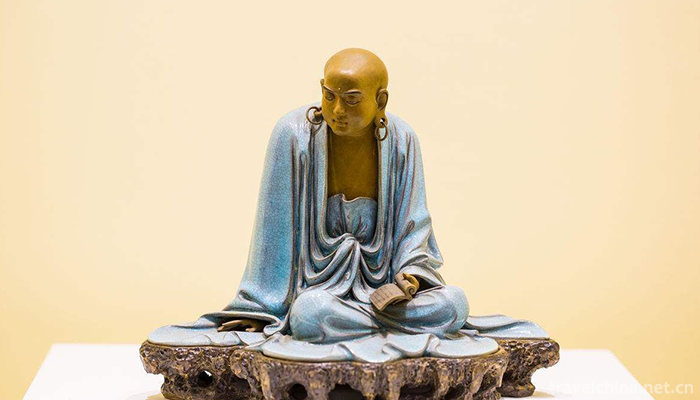

Shiwan Ceramic Sculpture Technology
-
Zhenjiang Sanshan Scenic Area
Zhenjiang Sanshan Scenic Area is located in the southwest of Jiangsu Province and on the South Bank of the lower reaches of the Yangtze River
Views: 154 Time 2018-12-06 -
Sansu Temple Scenic Area
Sansu Temple Scenic Area is located in the west of Meishan City, Sichuan Province. It is a national AAAA-level tourist attraction, a national key cultural relics protection unit, and a national second
Views: 123 Time 2018-12-19 -
Jining Beihu Tourist Resort
Jining is the world-famous town of Confucius and Mencius and the capital of the canal. Located 6 kilometers south of Jining City, Shandong Province, Beihu Lake is a new tourist attraction in Shandong
Views: 229 Time 2019-01-21 -
Dong embroidery
Dong embroidery is an important branch of Chinese minority embroidery, which uses a needle to puncture and attaches various colored silk or cotton threads to the surface of the fabric to form various
Views: 146 Time 2019-04-27 -
Gongs and drums
The Gong and drum books used to be called "Taibaoshu", "Taibao" is derived from the activities of "Taibu" in the countryside of Shanghai suburbs and counties, which seeks
Views: 143 Time 2019-05-15 -
Miao Batik Dyeing Techniques
Batik dyeing is one of the ancient folk traditional printing and dyeing techniques of the Chinese nation. As early as the Qin and Han Dynasties, the Miao people had mastered batik dyeing techniques, a
Views: 402 Time 2019-06-05 -
Nadam
Nadamu is Mongolian, also known as Nair. Nadamu is a Mongolian transliteration, meaning "entertainment, games" to express the joy of harvest. The Nadamu Congress is a traditional festival wi
Views: 94 Time 2019-06-06 -
Lead tin carving
Lead and tin carving, a local traditional skill in Jingzhou City, Hubei Province, is one of the national intangible cultural heritage.
Views: 294 Time 2019-06-10 -
Legend of Su Xian
The legend of Suxian is a local folklore with a long history. Su Xian, Ming Lian, from Guiyang. Su Da lost his father in his early years and depended on his mother for his life. One year, the plague w
Views: 220 Time 2019-06-17 -
Tianmen Folk Song
Tianmen folk song is the traditional folk music of Hubei Province. Tianmen folk song has its unique style characteristics. It is not as rough and elegant as plateau folk song, nor as broad and long as
Views: 145 Time 2019-06-20 -
Xuzhou Qinshu
Xuzhou Qinshu is a kind of opera recognized by Xuzhou local people in Jiangsu Province. Spread in Xuzhou. At first, it was a recreational activity of "playful friends" in the leisure time of
Views: 336 Time 2019-07-09 -
Hefei University Of Technology
HeFei University of Technology (Hefei University of Technology) is directly under the Ministry of education of People's Republic of China. National Key Universities By Ministry of Education , Anhui Pr
Views: 302 Time 2019-11-11

